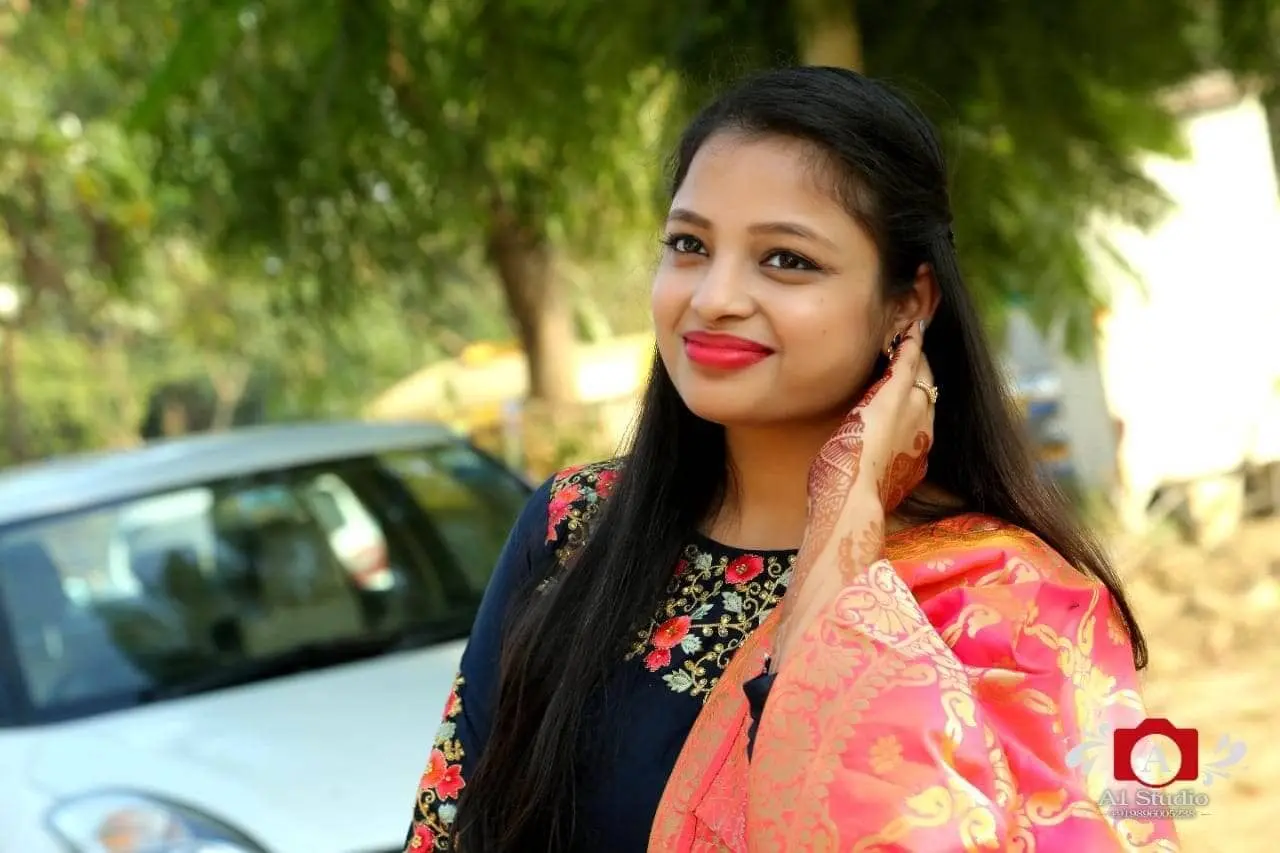Practicing ESI (Economic and Social Issues) and ARD (Agriculture and Rural Development) practice questions is essential for candidates preparing for the NABARD (National Bank for Agriculture and Rural Development) Grade A examination for several reasons such as exam relevance, conceptual clarity, time management, identify weaknesses, build confidence, improve problem solving skills, etc.
Understanding the ESI Section
The Economic and Social Issues (ESI) section tests a candidate’s awareness and understanding of key national and global economic and social problems, policies, and programs that impact rural development. Key topics include:
- Indian Economy
- Economic Reforms in India
- Government schemes and programs
- Poverty alleviation
- Employment generation
- Social sector initiatives (education, health, gender issues, etc.)
- Sustainable Development Goals (SDGs)
- International Financial Institutions like IMF, World Bank, WTO
Sample ESI Practice Questions
It is important to practice questions if you are preparing for the exam. Check out some of the sample questions below:
Q1: Which of the following is NOT a Sustainable Development Goal (SDG) adopted by the United Nations?
A. No Poverty
B. Climate Action
C. Clean Energy for All
D. Gender Equality
Answer: C. Clean Energy for All
Explanation: While “Affordable and Clean Energy” is a goal, there is no specific SDG titled “Clean Energy for All”. The official goal refers to ensuring access to affordable, reliable, sustainable, and modern energy for all.
Q2: The Atmanirbhar Bharat initiative was launched in response to which of the following challenges?
A. Economic slowdown due to demonetization
B. Economic impact of the COVID-19 pandemic
C. Global trade war
D. Decrease in rural employment
Answer: B. Economic impact of the COVID-19 pandemic
Explanation: The Atmanirbhar Bharat (Self-reliant India) initiative was introduced to counter the economic distress caused by the COVID-19 pandemic and to encourage local production and self-sustainability.
Q3: The Mahatma Gandhi National Rural Employment Guarantee Act (MGNREGA) guarantees how many days of wage employment in a financial year to rural households?
A. 90 days
B. 100 days
C. 120 days
D. 150 days
Answer: B. 100 days
Explanation: MGNREGA guarantees 100 days of wage employment to every rural household whose adult members volunteer to do unskilled manual work.
Q 4: Which of the following organizations is responsible for conducting the Global Hunger Index?
A. World Health Organization (WHO)
B. International Food Policy Research Institute (IFPRI)
C. World Bank
D. World Economic Forum
Answer: B. International Food Policy Research Institute (IFPRI)
Explanation: The Global Hunger Index is jointly published by IFPRI along with Concern Worldwide and Welthungerhilfe.
Download NABARD Phase 2 Trend Analysis & Preparation Roadmap
Q5: Which of the following is a primary objective of the Pradhan Mantri Jan Dhan Yojana (PMJDY)?
A. Employment generation for rural youth
B. Financial inclusion by providing access to banking services
C. Subsidized loans for farmers
D. Affordable housing for the urban poor
Answer: B. Financial inclusion by providing access to banking services
Explanation: PMJDY aims to provide universal access to banking facilities, financial literacy, and insurance coverage, focusing on financial inclusion for all citizens, especially the unbanked population.
Q6: Which of the following government schemes is primarily aimed at improving maternal health?
A. Pradhan Mantri Surakshit Matritva Abhiyan
B. PM-KISAN
C. Swachh Bharat Mission
D. Ayushman Bharat
Answer: A. Pradhan Mantri Surakshit Matritva Abhiyan
Explanation: This scheme aims to ensure quality antenatal care and checkups for pregnant women to reduce maternal and infant mortality rates.
Q7: According to the International Monetary Fund (IMF), which of the following best describes “inclusive growth”?
A. Growth limited to urban areas
B. Growth that benefits a select group of people
C. Growth that creates opportunities for all segments of society
D. Growth focused only on increasing GDP
Answer: C. Growth that creates opportunities for all segments of society
Explanation: Inclusive growth ensures that the benefits of economic growth are widely distributed and that all segments of society, particularly the poor and marginalized, can participate in and benefit from the growth process.
Understanding the ARD Section
The Agriculture and Rural Development (ARD) section assesses the candidate’s knowledge of agricultural practices, rural economy, and development programs aimed at improving rural livelihoods.
Key topics include:
- Agriculture basics: crop production, horticulture, irrigation techniques
- Soil and water conservation
- Agricultural economy
- Animal husbandry, fisheries, and forestry
- Rural development initiatives
- Micro-finance and self-help groups (SHGs)
- Agribusiness and marketing
Sample ARD Practice Questions
Q1: Which crop is known as the “King of Pulses” in India?
A. Lentil
B. Pigeon Pea
C. Chickpea
D. Black Gram
Answer: B. Pigeon Pea
Explanation: Pigeon Pea (Tur or Arhar) is referred to as the “King of Pulses” because it is a major source of protein and is widely consumed across India.
Q2: Which of the following is a Rabi crop in India?
A. Rice
B. Cotton
C. Wheat
D. Maize
Answer: C. Wheat
Explanation: Wheat is a Rabi crop, typically sown in winter and harvested in the spring. Rice and cotton are Kharif crops.
Q3: The Blue Revolution is related to the growth and development of which sector?
A. Dairy Farming
B. Fisheries
C. Poultry Farming
D. Horticulture
Answer: B. Fisheries
Explanation: The Blue Revolution refers to the growth and development of the fisheries sector in India, aimed at increasing fish production.
Q4: Which of the following is the largest contributor to India’s agricultural GDP?
A. Horticulture
B. Livestock
C. Fisheries
D. Forestry
Answer: A. Horticulture
Explanation: Horticulture, which includes fruits, vegetables, flowers, and ornamental plants, is the largest contributor to India’s agricultural GDP.
Q5. Which of the following green manure crop contains the highest amount of nitrogen?
A. Dhaincha
B. Cowpea
C. Sunhemp
D. Chickpea
Answer: A. Dhaincha
• In agriculture, green manure is created by leaving uprooted or sown crop parts to
wither on a field so that they serve as a mulch and soil amendment.
• Typically, they are ploughed under and incorporated into the soil while green or
shortly after flowering.
• Dhaincha is quick growing succulent green manure crop, which can be incorporated 8
to 10 weeks after sowing when the crop is at the flowering stage.
Q6: What is the term used for farming that integrates crop production and livestock to maximize efficiency and minimize waste?
A. Organic farming
B. Mixed farming
C. Monoculture
D. Agroforestry
Answer: B. Mixed farming
Explanation: Mixed farming involves the cultivation of crops and the raising of livestock on the same piece of land, improving productivity and sustainability by recycling farm resources.
Q7: Which of the following is a major cash crop grown in the coastal regions of India?
A. Tea
B. Rubber
C. Coconut
D. Wheat
Answer: C. Coconut
Explanation: Coconut is primarily cultivated in coastal areas of India, especially in Kerala, Tamil Nadu, Karnataka, and Andhra Pradesh, due to the favorable tropical climate.
Q8: In the context of water conservation, what is the purpose of watershed management?
A. Protecting wildlife
B. Managing irrigation systems
C. Conserving soil and water in a specific area
D. Enhancing agricultural productivity by using chemical fertilizers
Answer: C. Conserving soil and water in a specific area
Explanation: Watershed management focuses on the sustainable use of land and water resources within a defined watershed area to conserve soil and water, reduce erosion, and improve water quality.
Q9: Which of the following is a Kharif crop?
A. Barley
B. Mustard
C. Maize
D. Wheat
Answer: C. Maize
Explanation: Maize is a Kharif crop, typically sown in the rainy season from June to October in India.
Q10: Which of the following breeds is an indigenous breed of cattle in India?
A. Jersey
B. Holstein Friesian
C. Sahiwal
D. Brown Swiss
Answer: C. Sahiwal
Explanation: Sahiwal is an indigenous breed of cattle found in India, known for its high milk production and disease resistance.
- PFRDA Grade A Syllabus and Exam Pattern 2026
- SIDBI Grade A Selection Process 2026, Know About All Phases
- SEBI Legal Officer Syllabus 2025 & Exam Pattern, Download PDF
- SEBI IT Officer Syllabus 2025, Revised Exam Pattern, Download PDF
- SEBI Grade A Selection Process 2025, Exam Structure for Phase 1 & 2
- RBI Grade B Interview Transcripts, Know RBI Interview Questions

Hello there! I’m a dedicated Government Job aspirant turned passionate writer & content marketer. My blogs are a one-stop destination for accurate and comprehensive information on exams like Regulatory Bodies, Banking, SSC, State PSCs, and more. I’m on a mission to provide you with all the details you need, conveniently in one place. When I’m not writing and marketing, you’ll find me happily experimenting in the kitchen, cooking up delightful treats. Join me on this journey of knowledge and flavors!
